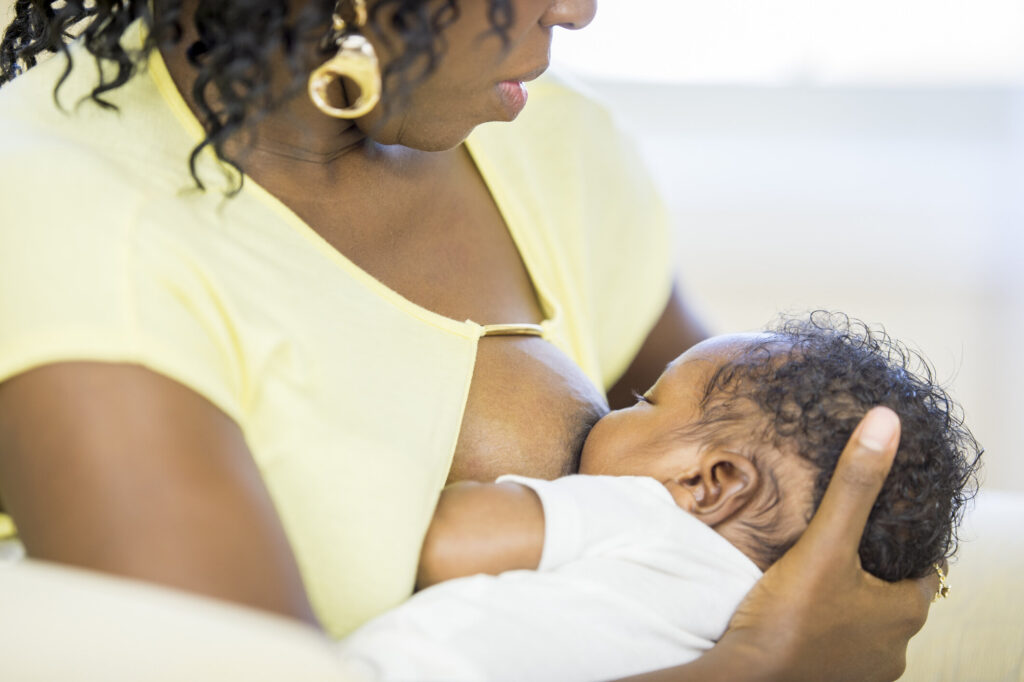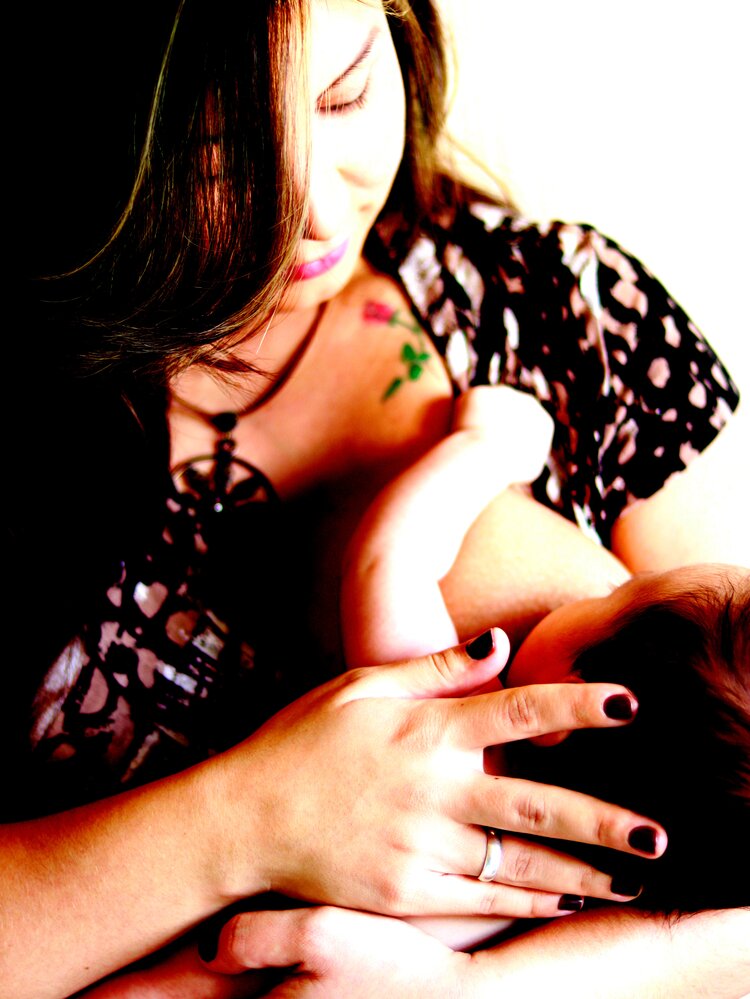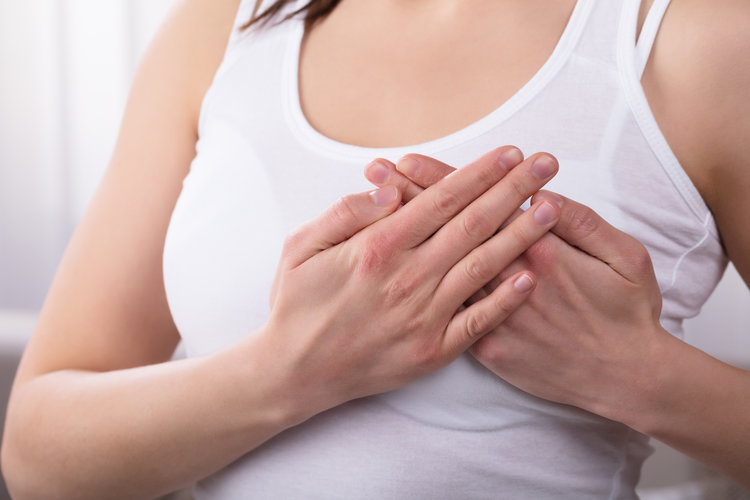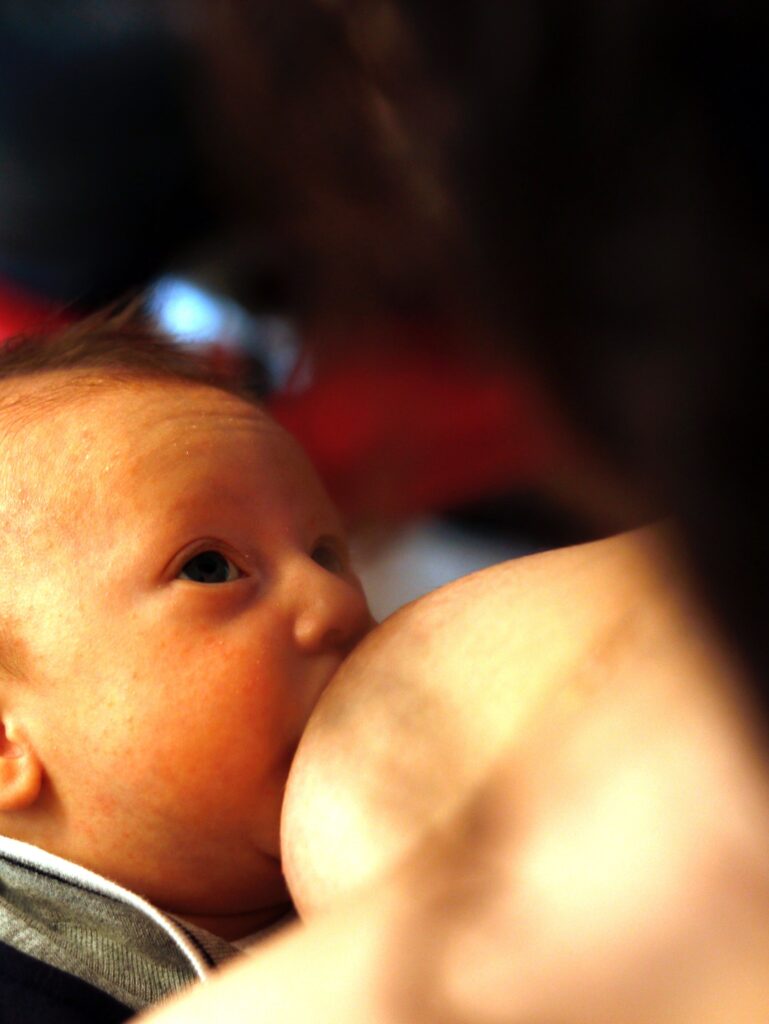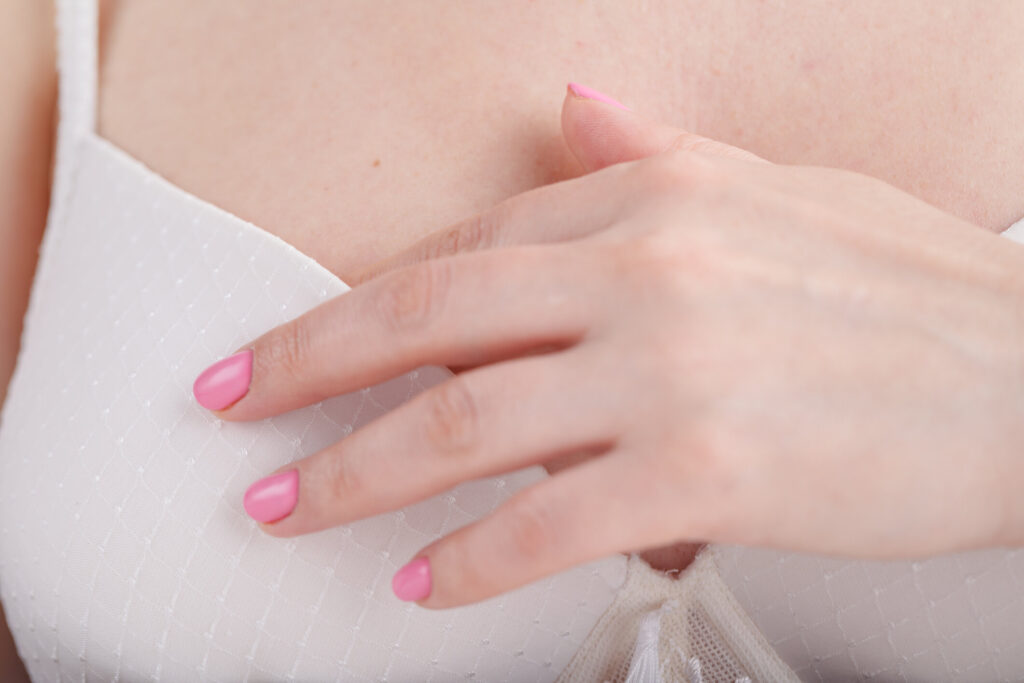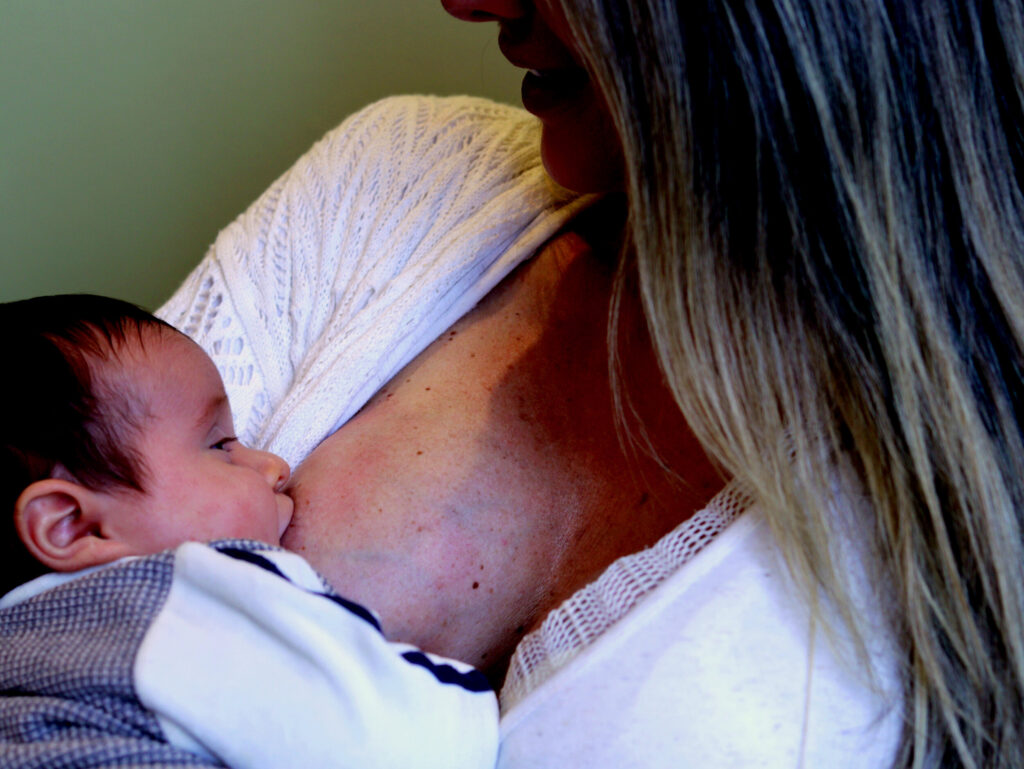
Discomfort with breastfeeding and breast pain are common. It can be a big factor into whether mothers continue breastfeeding/ expressing or not. Do not wait for pain to be persistent (defined by the Academy of Breastfeeding Medicine as lasting at least 2 weeks) before getting support. Kelly Mom offers detailed information on brief breast or nipple pain, as well as many more topics around breasts and breastfeeding. She defines brief pain as:
Latch-on pain that lasts no more than 30 seconds into the feeding. This is often described as mild pain or discomfort, but since the pain sensation is very subjective every mother experiences pain differently–some mothers feel more severe pain. The pain should not continue through the entire feeding, and there should not be pain between feedings.
Breast pain can also be from damage to nipples, such as skin damage in the form of cracks, blisters, or bleeding. If your nipple is flattened, creased, pinched, or white after the feeding, then health care team support is needed to help you avoid that discomfort, which can be very intense. More information on NIPPLES can be found here.
Causes of and best practices for the management of breast pain are not always clear. This, like all aspects of women’s health, is an important area for future research.
What might help with breast pain?
- Pain is a clue: Dr. Tina Smillie, a breastfeeding medicine physician, likes to say that if you’re walking down the street with a pebble in your shoe and it hurts, your body is asking you to take the pebble out of your shoe. If you have more than brief pain with latching your baby, it’s a clue to adjust your baby’s position so that your nipple is more comfortable in his mouth.
- Dress for success: If your breasts are sensitive, you might consider wearing an open sweater at home so that no material is touching your breasts. When needed or preferred, loose comfortable clothing can minimize rubbing on your nipples. Other women find that covering sensitive nipples with a pad or with nipple shells feels better, because it protects them from irritation.
- Heat: For some moms, cold air causes breast pain – baby’s mouth coming off at the end of a feed, stepping out of the shower into a cool bathroom, or opening the freezer. You may notice that your nipples turn purple or white as this is happening. This is called vasospasm. Putting a warm pack on your nipples after feeding can help. A heating pad can work, or you use a gel pack, or put rice in a sock, and put in the microwave. It should be warm, but not hot. It’s the shift from hot to cold that typically triggers the spasm, so it can help to let the source of heat cool down slowly. Staying warm if you experience this kind of pain is important – consider warning a fleece vest. Some mothers have been helped by reflective breast warmers, which contain Mylar within a soft shell and can help keep nipples warm.
- Topical creams & ointments. For soothing nipples, expressing your own milk and putting some on your nipples can be helpful. Many creams and ointments have been suggested for sore nipples, and there’s not strong evidence that any one is better than another. Lanolin, olive oil, and coconut oil are safe for babies, as they are edible, and are inexpensive options that can help damaged nipples to heal. Gel pads specially designed for breasts are also available. Gel pads should not be used together with creams or ointments. Medication for mothers to relieve pain includes Acetaminophen (Tylenol) 650-1000 mg every 4 to 6 hours (but no more than 4000 mg – or 8 extra-strength pills – per day) or Ibuprofen (Motrin) 400-600 mg every 6 hours. Always ask your provider before taking medication.
Breast pain and the way women feel emotionally (such as depression) are interrelated. Being in pain is stressful and experiencing stress can also increase our sensitivity to physical pain and contribute to breastfeeding difficulties. You can read more about this in the BABY FEEDING section. Your health care team and family should see and support you as a whole person. Pain affects all aspects of a person’s life.
When to seek support
As with all aspects of your transition through the 4th Trimester, seek support in advance of an urgent need. Additionally, at any point if breast pain is overwhelming or you are feeling down or anxious, seek medical attention immediately.
Here is a great resource about the basics of breast massage and hand expression.
